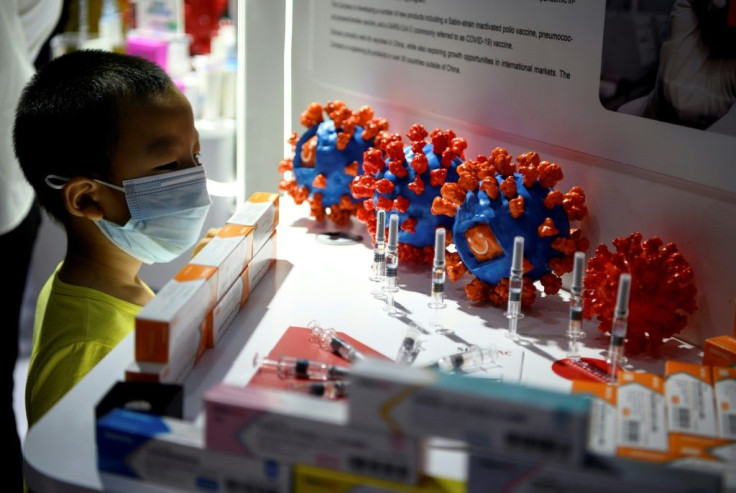Fast Walking COVID-19 Patients In Narrow Spaces Increase Transmission Risk For Children

KEY POINTS
- Physicists described the flow-pattern of the coronavirus as a “re-circulation bubble”
- Computational analysis identified two modes of coronavirus movement in narrow corridors
- The clouds of droplets is comparable to that of the wave a boat leaves in its wake
Children are at higher risk of getting coronavirus if they happen to walk behind infected adults who are walking fast in narrow spaces like corridors. When they cough, infected people can spread a cloud of droplets behind them that could hover above the ground at a height that is mouth-level for children.
A computational analysis conducted by a group of physicists showed that adults with COVID-19 leave a cloud of droplets behind them after coughing. The physicists compared the droplets to the wave a boat leaves in its wake.
The result of the simulations, published in the journal Physics of Fluids, highlighted crucial real-life scenarios in which narrow space influences how fast or slow the coronavirus moves through the air. The physicists described the flow-pattern of the coronavirus as a “re-circulation bubble” that moves in two modes identified as detached and attached.

The detached mode is when the cloud of droplets separates from the walking person and becomes suspended in the air far behind the individual. In this mode, the droplets appeared to be like a floating bubble.
The attached mode is when the cloud of droplets trail behind the person, seemingly following them as they walk through the corridor.
"For the detached mode, the droplet concentration is much higher than for the attached mode, five seconds after a cough," Xiaolei Yang, one of the authors of the study, explained in a press release.
"This poses a great challenge in determining a safe social distance in places like a very narrow corridor, where a person may inhale viral droplets even if the patient is far in front of him or her,” he added.
There had been similar simulations before that helped scientists identify how glass barriers, windows, air conditioners and toilets influence the spread of the coronavirus. However, these previous investigations only take into consideration large open indoor spaces.
Meanwhile, a September 2020 report from the Centers for Disease Control and Prevention showed there were 277,285 COVID-19 cases in children. The number of infections was twice as much for children aged 12 to 17 years than it was for kids aged 5 to 11.
COVID-19 continues to affect people worldwide. As of Dec. 15, numbers from the World Health Organization showed that there have been more than 71.5 million confirmed cases of COVID-19 worldwide. To date, there were already more than 1.6 million deaths, according to WHO.

© Copyright IBTimes 2024. All rights reserved.





















